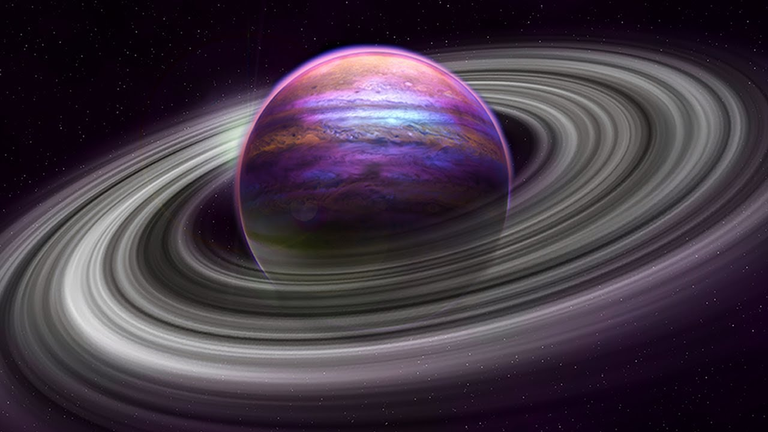
The universe is teeming with a myriad of planets, each presenting unique characteristics that challenge our understanding of planetary science. Among these, certain celestial bodies stand out due to their mysterious and intriguing nature. Here are some of the most enigmatic planets discovered to date:
1. Kepler-16b: The Real-Life Tatooine
Kepler-16b is a remarkable exoplanet that orbits a binary star system, much like the fictional planet Tatooine from "Star Wars." Discovered in 2011, this gas giant is composed of half gas and half rock and ice. It orbits its two parent stars every 229 days at a distance of 0.704 AU, similar to Venus's orbit around the Sun. The planet's existence challenges previous notions about planet formation in binary star systems, as it resides closer to its stars than previously thought possible.
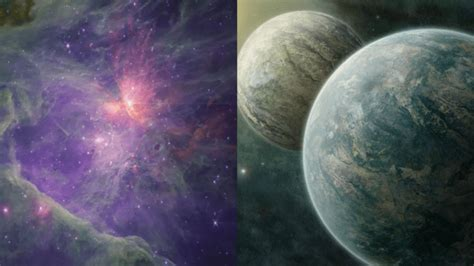
2. TrES-2b: The Darkest Known Planet
TrES-2b is an exoplanet that holds the record for being the darkest planet ever discovered. This gas giant reflects less than 1% of the light that hits it, making it less reflective than coal. Orbiting its star at a close distance, TrES-2b's atmosphere reaches scorching temperatures, contributing to its pitch-black appearance.
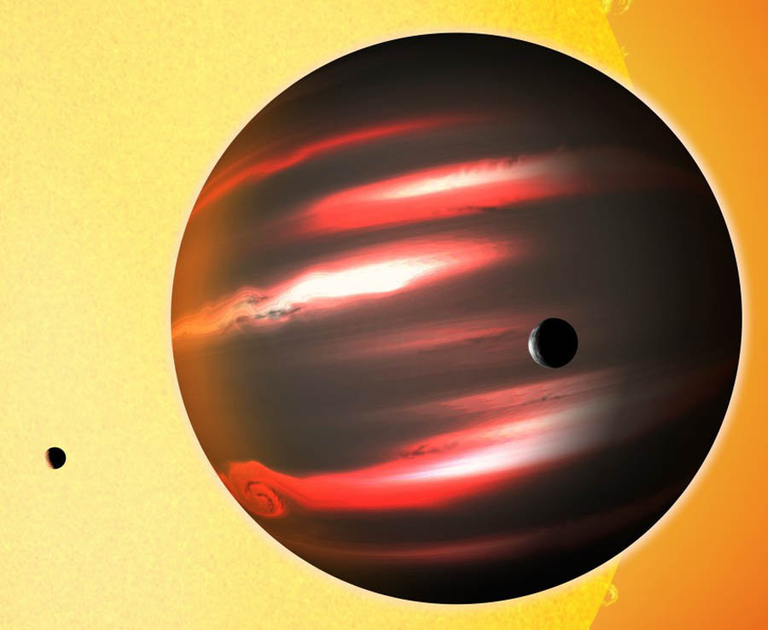
3. Rogue Planets: The Galactic Wanderers
Rogue planets are free-floating celestial bodies that do not orbit any star. Recent observations using the James Webb Space Telescope have unveiled several of these mysterious objects within the nebula NGC1333, located about a thousand light-years away. These gas giants, ranging from five to fifteen times the mass of Jupiter, drift through space, offering insights into star formation and challenging existing planetary formation theories.
4. 'Oumuamua: The Interstellar Visitor
In 2017, astronomers detected 'Oumuamua, an elongated, cigar-shaped object passing through our solar system. Unlike any known comet or asteroid, 'Oumuamua's origin remains a mystery, with theories suggesting it could be a fragment from an exoplanet or even an artificial probe. Its rapid speed and unusual trajectory have sparked debates and further investigations into its true nature.
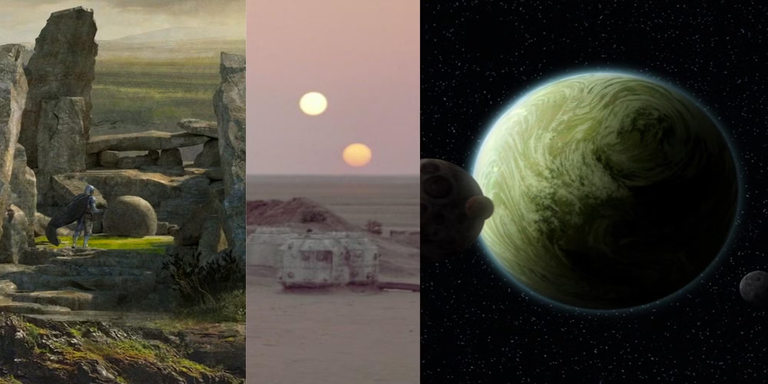
5. Water Worlds: Potential Cradles for Life
Recent research suggests that many exoplanets may possess significant amounts of water, either on their surfaces or within their cores. These "water worlds" challenge previous assumptions about planetary habitability. Studies indicate that under high pressure, water could exist in various forms, potentially creating environments conducive to life. The discovery of such planets expands the pool of potentially habitable worlds beyond our solar system.
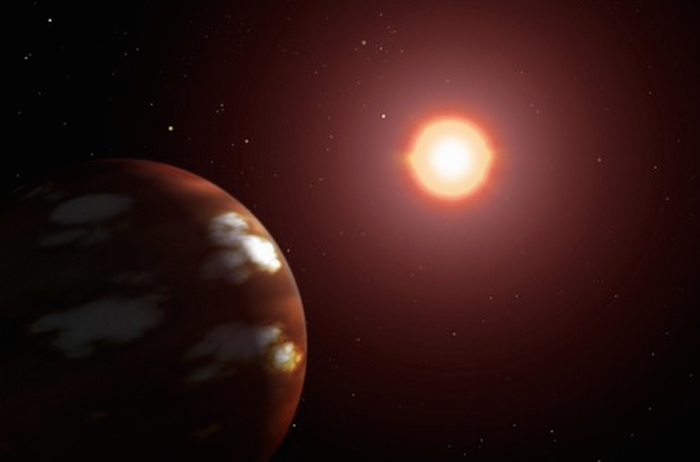
6. Kepler-16b: The Saturn-Mass Exoplanet
Kepler-16b is a Saturn-mass exoplanet consisting of half gas and half rock and ice. It orbits a binary star system, Kepler-16, with a period of 229 days. This planet challenges previous notions about planet formation in binary star systems, as it resides closer to its stars than previously thought possible.
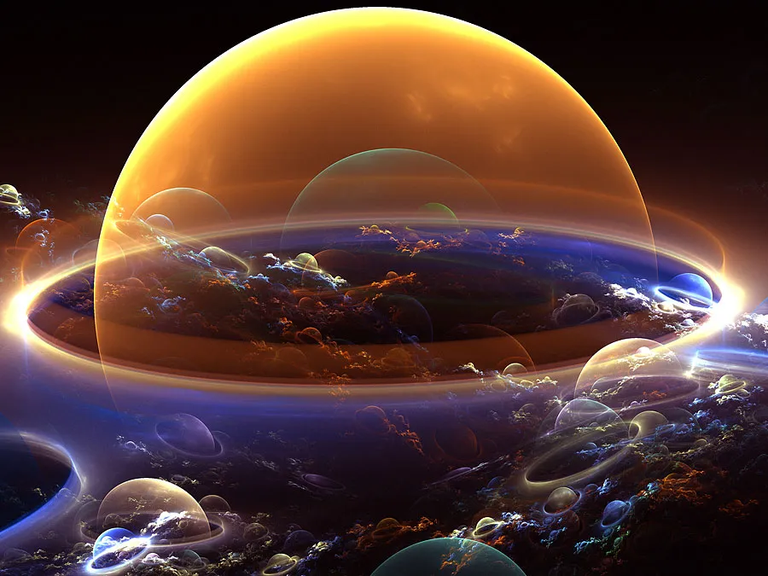
These mysterious planets not only captivate our imagination but also push the boundaries of our scientific knowledge, prompting us to explore the vast complexities of the cosmos further.